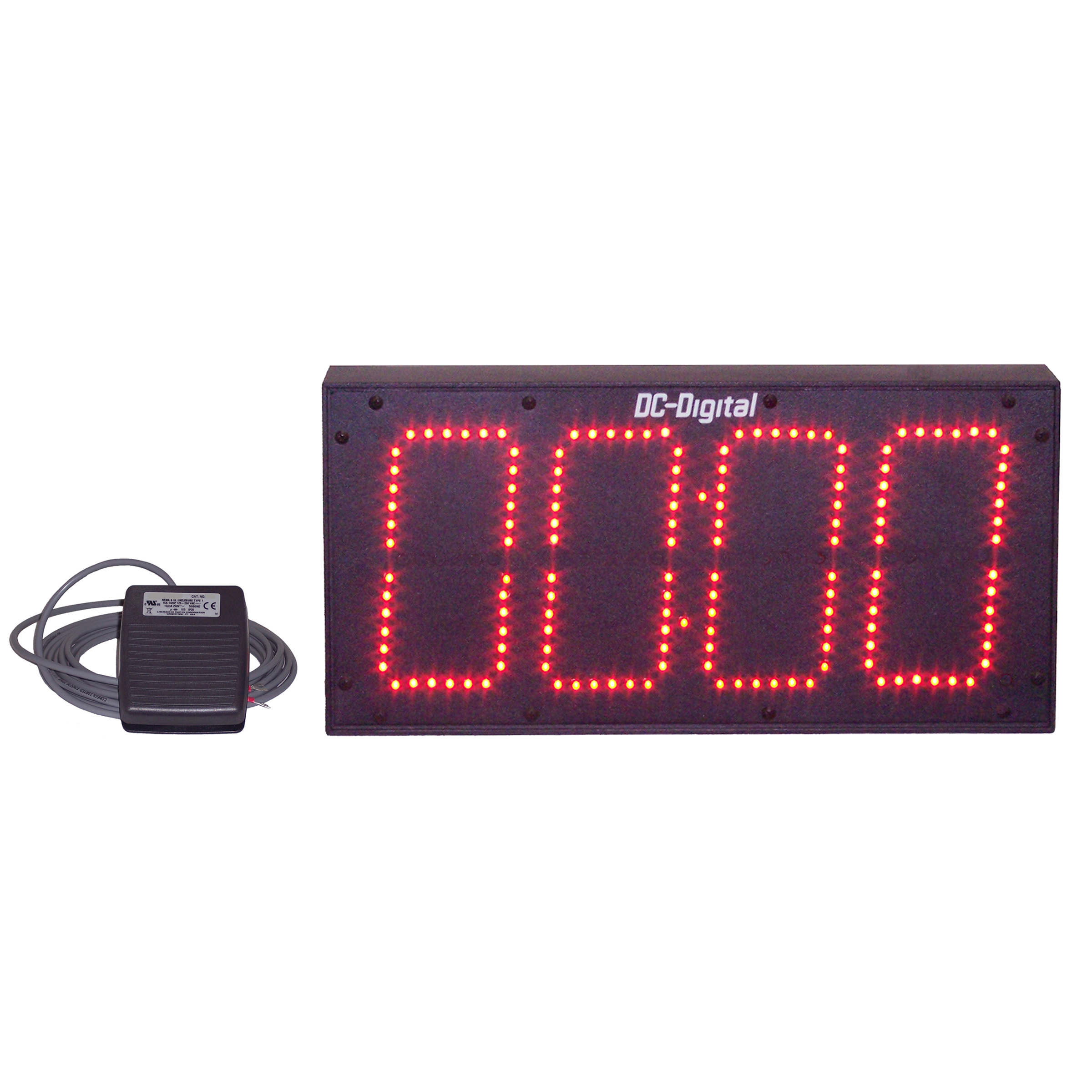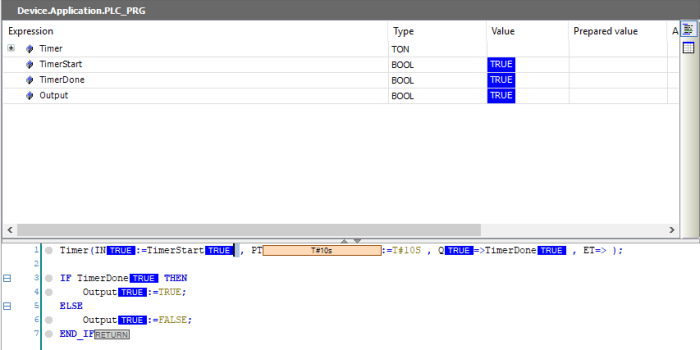2 4 6 8 10 12 | JavaScript can be executed in time-intervals. This is called timing events. |
The number of primes lower than 100,000 is: 9592 It took me 143 clicks (0.143000 seconds).
- You can set your phone settings, ProcessTimer is timer, tasker for android process. Forexample; set sounds, brightness, wallpaper and set start selected application etc. Then will be start process.
- High-resolution timer class. Implements timestamps processing in a handy simple way.
- ProcessTimer With Auto Touch can automatically run clicks, draws when it's time. Auto Clicker pro - Tapping. Automate clicks/swipes anywhere. Auto Clicker -Tapping. Automate clicks/swipes anywhere.
Timing Events
The window object allows execution of code at specified time intervals.
These time intervals are called timing events.
The two key methods to use with JavaScript are:
setTimeout(function, milliseconds)
Executes a function, after waiting a specified number of milliseconds.setInterval(function, milliseconds)
Same as setTimeout(), but repeats the execution of the function continuously.
The setTimeout() and setInterval() are both methods of the HTML DOM Window object.
The setTimeout() Method
The window.setTimeout() method can be written without the window prefix.
The first parameter is a function to be executed.

The second parameter indicates the number of milliseconds before execution.
Example
Click a button. Wait 3 seconds, and the page will alert 'Hello':
<script>
function myFunction() {
alert('Hello');
}
</script>
How to Stop the Execution?
The clearTimeout() method stops the execution of the function specified in setTimeout().
The window.clearTimeout() method can be written without the window prefix.
The clearTimeout() method uses the variable returned from setTimeout():
clearTimeout(myVar);
If the function has not already been executed, you can stop the execution by calling the clearTimeout() method:
Example
Same example as above, but with an added 'Stop' button:
<button>Stop it</button>
The setInterval() Method
The setInterval() method repeats a given function at every given time-interval.
The window.setInterval() method can be written without the window prefix.
The first parameter is the function to be executed.
The second parameter indicates the length of the time-interval between each execution.

This example executes a function called 'myTimer' once every second (like a digital watch).
Example
Display the current time:
function myTimer() {
var d = new Date();
document.getElementById('demo').innerHTML = d.toLocaleTimeString();
}
Processor Timer
Try it Yourself »
How to Stop the Execution?
The clearInterval() method stops the executions of the function specified in the setInterval() method.
Progress Timer
The window.clearInterval() method can be written without the window prefix.
Process Timer
The clearInterval() method uses the variable returned from setInterval():
clearInterval(myVar);
Example
Same example as above, but we have added a 'Stop time' button:
<button>Stop time</button>
<script>
var myVar = setInterval(myTimer, 1000);
function myTimer() {
var d = new Date();
document.getElementById('demo').innerHTML = d.toLocaleTimeString();
}
</script>
More Examples
